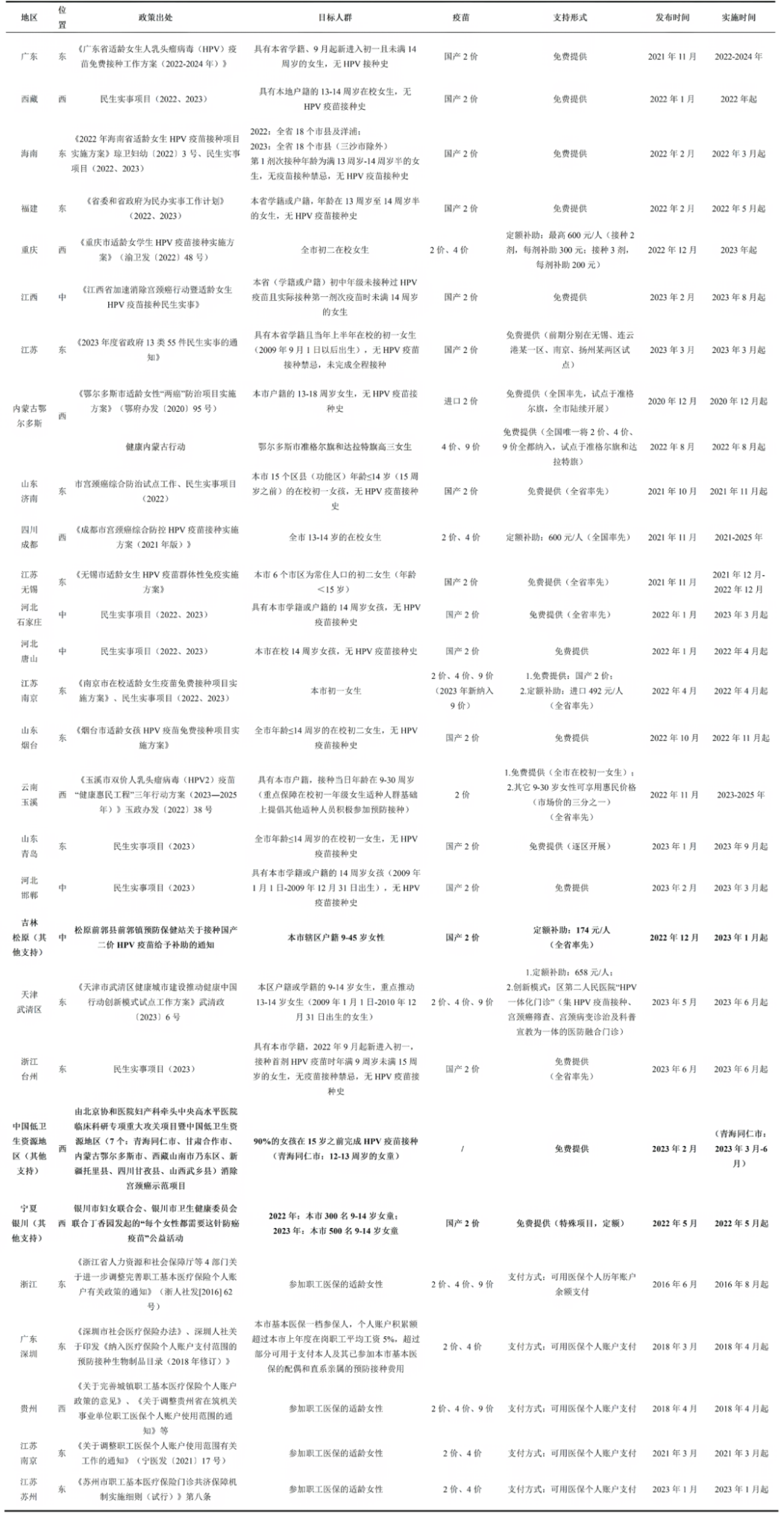Journal Article Recommendation
01
Immune persistence of a single dose of 23-valent pneumococcal polysaccharide vaccine: A 6-year follow-up
This study, published in Human Vaccines & Immunotherapeutics, systematically evaluated the immune persistence of a single dose of the domestically produced 23-valent pneumococcal polysaccharide vaccine (PPV23) based on long-term follow-up data from a Phase III clinical trial, providing empirical evidence to optimize immunization strategies for high-risk populations.
The study employed an open-label, single-center design, initiating follow-up in Kaifeng County, Henan Province, in 2021, with 600 participants aged 2 years and older at baseline (assigned in a 3:1 ratio to the trial and control groups). Blood samples were collected 28 days and 6 years post-vaccination to measure IgG antibody levels for 23 serotypes using ELISA, assessing geometric mean concentrations (GMC) and geometric mean increases (GMI). A total of 598 participants completed the follow-up, with an even distribution across age groups (children, adults, and elderly).
Results indicated that six years post-vaccination, although GMCs for all serotypes had significantly decreased compared to 28 days post-vaccination, they remained higher than pre-vaccination levels (trial group: 1.1–1.8folds; control group: 1.1–1.7folds), suggesting long-term immune protection induced by PPV23. Serotype-specific analysis revealed that serotype 14 had the highest GMC at all time points, while serotype 3 had the weakest immune response with antibody levels nearing baseline six years later. Age-stratified analysis showed that adults had the highest antibody levels 28 days post-vaccination, followed by the elderly and children; after six years, antibody concentrations in all three groups had declined but remained generally above baseline levels.
The findings demonstrate that a single dose of PPV23 provides immune protection for at least six years, though the significant decline in antibody levels over time suggests that high-risk populations, such as the elderly and those with chronic diseases, may require booster immunizations.
*This study was funded by Sinovac Biotech Ltd.*
https://doi.org/10.1080/21645515.2025.2517489
02
Factors affecting caregivers’ HPV vaccination decisions for adolescent girls: A secondary analysis of a Chinese RCT
This study, authored by Jing Li, Dan Wu, and others and published in PLOS ONE, is a secondary analysis of a two-arm randomized controlled trial (RCT) conducted in Chengdu, China, aiming to explore key factors influencing caregivers’ decisions to vaccinate adolescent girls against HPV, with a focus on the intervention effect of the “Pay-it-Forward” strategy. The Andersen Model of Health Services Utilization was employed to identify potential behavioral determinants. The study design used a cluster randomized controlled approach, dividing participants into an intervention group (Pay-it-Forward model) and a control group (standard vaccination model). Standardized online questionnaires were used to collect caregivers’ demographic characteristics, HPV-related knowledge levels, vaccination attitudes, vaccine confidence, hesitancy, and vaccination intentions, with the primary outcome being the first dose of HPV vaccine recorded in the electronic vaccination registry within three months post-intervention.
Results showed that among the 321 caregivers included, the overall vaccination rate for their daughters was 25.9 %, with the Pay-it-Forward group at 34.2 %, significantly higher than the standard group’s 17.5 %. Multivariate analysis indicated that the Pay-it-Forward intervention significantly increased vaccination rates (OR = 2.22, 95 % CI: 1.19–4.15); caregivers with no intention to delay vaccination (OR = 8.26, 95 % CI: 4.36–15.67); caregivers who were farmers (OR = 3.97, 95 % CI: 1.81–8.72); and caregivers who had never heard of the HPV vaccine (OR = 3.01, 95 % CI: 1.27–7.14) had higher vaccination rates for their daughters. In contrast, daughters of caregivers who had previously refused vaccination had significantly lower vaccination rates (OR = 0.23, 95 % CI: 0.06–0.81).
The study concludes that the Pay-it-Forward model effectively increases vaccination rates by alleviating financial burdens and enhancing community trust and a sense of social responsibility. It is recommended that future efforts develop tailored health education programs targeting caregivers’ hesitancy, delayed intentions, and occupational characteristics, combined with financial support and community mobilization, to provide valuable insights for increasing HPV vaccination rates among adolescents in China.
*Pay-it-Forward: This refers to providing the first dose of the HPV vaccine for free and encouraging recipients voluntarily donate to fund vaccinations for others, thereby promoting a community-level cascade effect of vaccination behavior.
https://doi.org/10.1371/journal.pone.0324260
03
Development of a herpes zoster vaccination intention scale and identification of factors associated with vaccine hesitancy among middle-aged and older attendees in community health centers: A Protection Motivation Theory based study
This study, published in Human Vaccines & Immunotherapeutics, employed a cross-sectional study design and constructed and validated a herpes zoster (HZ) vaccination intention scale based on the Protection Motivation Theory (PMT) framework to identify psychological and socio-demographic factors influencing HZ vaccine hesitancy among middle-aged and older adults in the community.
Conducted from October to December 2022 at seven community health service centers in Shanghai, the study included 1,492 residents aged 40 years and older. Based on PMT, the HZ vaccination intention scale was developed with five core dimensions (intrinsic rewards, extrinsic rewards, self-efficacy, response efficacy, and response cost). A standardized questionnaire was used to collect socio-demographic information, health behaviors, and vaccination attitudes, comparing characteristics between hesitant and non-hesitant individuals. Factors influencing vaccination intention were analyzed, and the predictive ability of the model was assessed using receiver operating characteristic (ROC) curve analysis.
Results showed that the overall HZ vaccine hesitancy rate among middle-aged and older adults in the community was as high as 80.5 %. Multivariate analysis indicated that, in terms of socio-demographic characteristics, older age, living in suburban areas, being employed, and having no history of herpes zoster were significantly associated with higher hesitancy (P < 0.01). Within the PMT dimensions, lower self-efficacy (OR = 0.954), higher perceived response cost (OR = 0.856), and stronger perceptions of intrinsic (OR = 0.924) and extrinsic (OR = 0.915) rewards were significantly associated with increased hesitancy. ROC analysis demonstrated that the adjusted model had good discriminatory power (AUC = 0.788), with self-efficacy (AUC = 0.713) and extrinsic rewards (AUC = 0.696) being the most prominent predictors.
The study concludes that HZ vaccine hesitancy is widespread among middle-aged and older adults in the community, involving complex psychological and behavioral factors. It is recommended to address both psychological motivations and structural barriers by strengthening health communication, reducing vaccination thresholds, and optimizing accessibility, particularly by enhancing self-efficacy and social support among the target population. The vaccination intention scale developed in this study can serve as an assessment tool to identify high-risk individuals and inform personalized vaccine promotion strategies.
https://doi.org/10.1080/21645515.2025.2516947
04
Improving human papillomavirus vaccination coverage in France: a need to act but not to rush
This study, published in Nature Communications, reviews and analyzes the major policies and their implementation effects in promoting HPV vaccination in France over the past few years, revealing key issues in the scientific basis and optimization of the implementation pathways of current strategies. The study uses the PrevHPV intervention project as an example to provide evidence-based decision-making support for increasing vaccination coverage.
Since the introduction of HPV vaccination in France in 2007, the full vaccination rate among 16-year-old girls has remained below 25%. The PrevHPV project, launched by a French public health research institution in 2019, employed a three-phase mixed-methods study design: the diagnostic phase investigated the vaccination awareness and motivations of adolescents, parents, schools, and doctors to identify barriers to vaccination; the co-construction phase designed a triple intervention package including school education, physician training, and free vaccination on campus; the experimental phase evaluated the intervention effects using a cluster randomized controlled trial.
The results show that the first nationwide school-based vaccination campaign in France only increased the vaccination coverage rate by 17 % among girls and 15 % among boys, which is still far from the policy target. Experience has shown that promoting HPV vaccination in France currently faces three core challenges: (1) policy formulation is overly reliant on international experience without sufficient validation of local effectiveness; (2) the policy implementation period is too short (only six months from decision to execution), leading to insufficient translation of scientific evidence into practice; (3) the multi-sectoral collaboration mechanism is not well established, with insufficient coordination among schools, medical institutions, and research teams. It is recommended to strengthen the cooperation between public health researchers and policymakers to promote the transformation of high-quality intervention research findings into real policies, especially in the design of intervention strategies, optimization of implementation pathways, and development of health communication content.
The study points out that promoting HPV vaccination needs to balance policy urgency with scientific rigor. In the short term, it is necessary to prioritize the validation of strategy effects in regional pilots; in the long term, a continuous system for evidence generation and transformation needs to be built through institutionalized cooperation among researchers, policymakers, and practitioners to ultimately achieve equitable access to vaccines.
https://doi.org/10.1038/s41467-025-60874-3
05
Knowledge, Attitudes, and Practices Towards the Influenza Vaccine Among Pregnant Women: A Systematic Review of Cross-Sectional Studies
This study, authored by scholars from the Medical University of Warsaw and published in Healthcare, followed the PRISMA guidelines for systematic reviews and meta-analyses, incorporating 20 cross-sectional studies (as of September 20, 2024) from various countries to assess pregnant women’s knowledge, attitudes, and behaviors related to influenza and its vaccination.
Results showed that while most pregnant women had a basic understanding of influenza, there were significant gaps in their knowledge of transmission routes, risks of complications during pregnancy, and vaccine safety. For example, a study in Singapore found that while 90% of pregnant women knew influenza was caused by a virus, 46% mistakenly believed antibiotics were the main treatment. In China, 86.3% of respondents were concerned that the vaccine could harm the fetus. In Saudi Arabia, only 13.1% of pregnant women considered vaccination safe during pregnancy. Moreover, nearly all studies highlighted that healthcare provider recommendations were a key driver of vaccination behavior. In Tunisia, 74.5% of pregnant women said they would get vaccinated if recommended by a doctor; in Afghanistan, this figure was as high as 86%, provided the vaccine was free and recommended by a healthcare professional. The study also revealed geographic and socioeconomic disparities in vaccination willingness, with higher intentions in areas with better education and community outreach. Common barriers included concerns about side effects, misconceptions about vaccine efficacy, accessibility issues, time costs, and specific cultural taboos.
The study concludes that to increase influenza vaccination rates among pregnant women, targeted health education is essential, along with enhanced communication of vaccine safety and efficacy during prenatal consultations. Institutional measures should ensure that healthcare providers actively recommend the vaccine and integrate influenza vaccination into standard prenatal care to effectively reduce influenza-related risks for pregnant women and newborns.
https://doi.org/10.3390/healthcare13111290
Content Editor: Tianyi Deng
Page Editor: Ruitong Li





